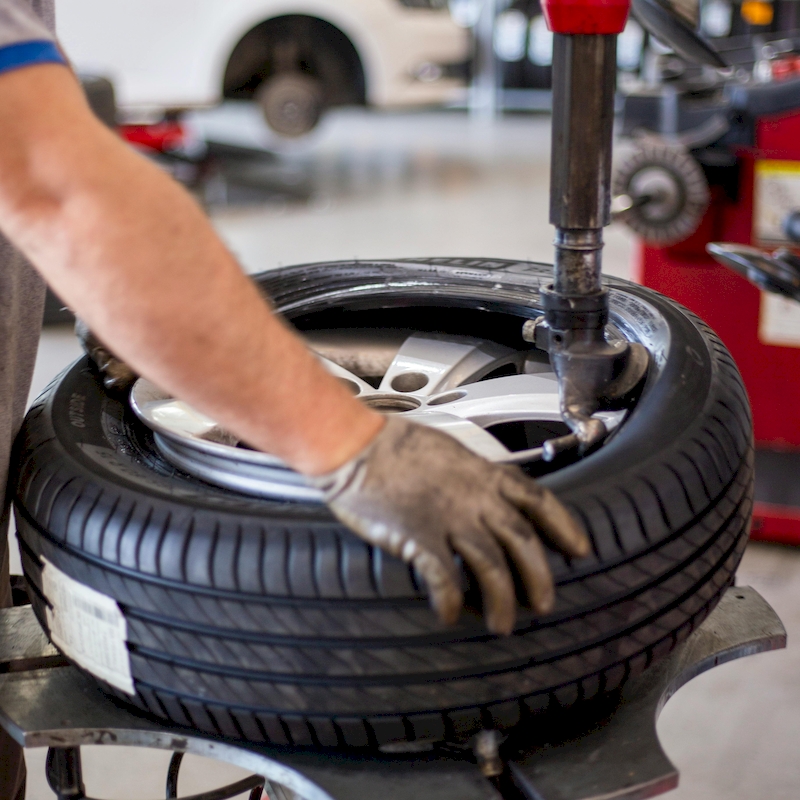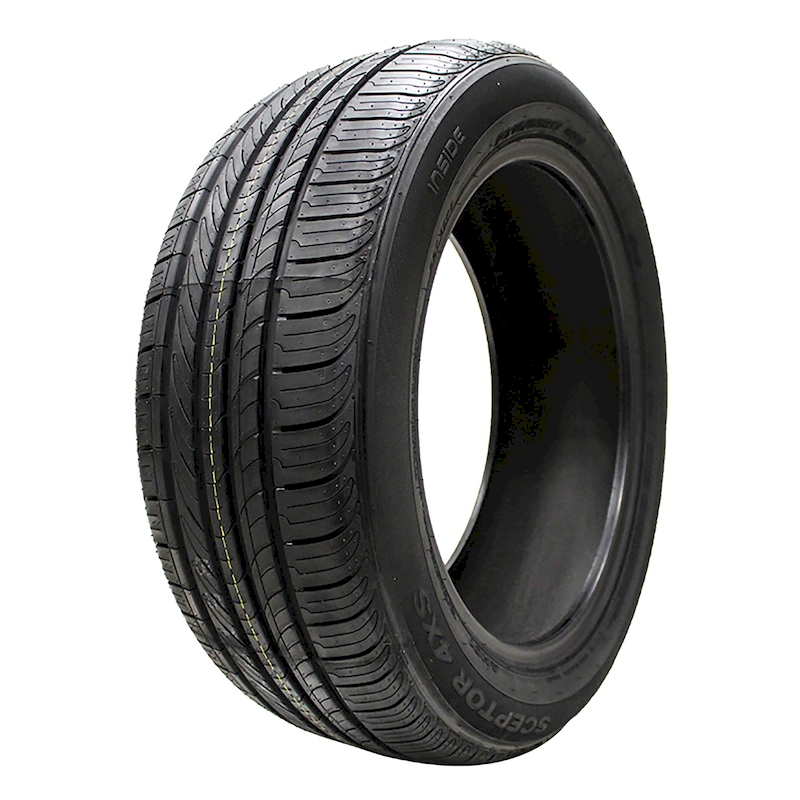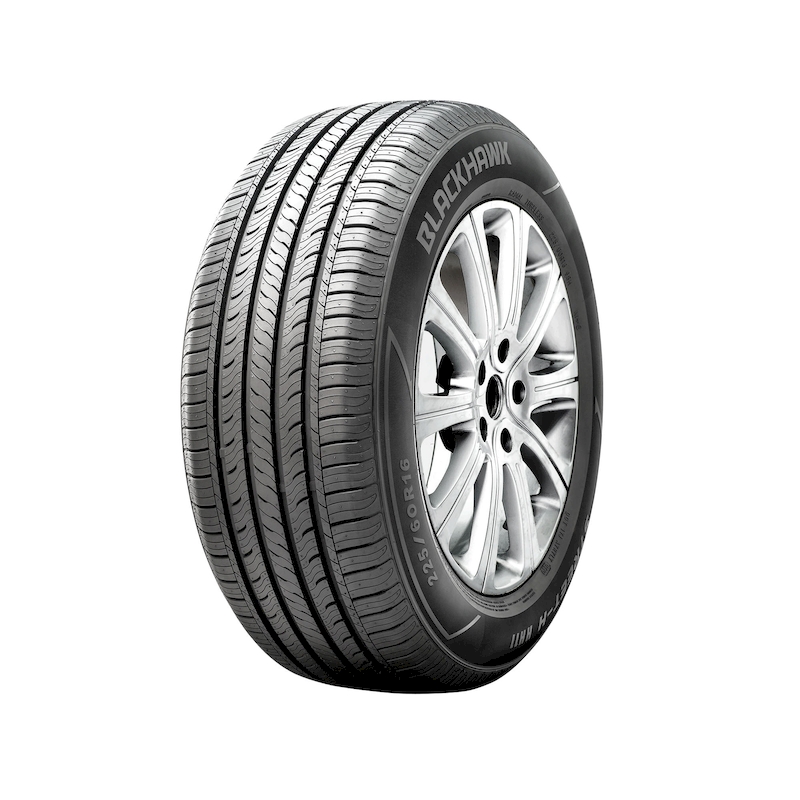When it comes to vehicle maintenance, few things are as crucial as ensuring your tires are properly mounted and balanced. After all, your tires are the only contact your vehicle has with the road, making it essential to have them in top condition for your safety and performance. One common query among vehicle owners is, “how much does it costs to have tires mounted and balanced?” While it might seem like a simple question, the reality is that costs can vary significantly based on numerous factors. In this comprehensive guide, we’ll navigate through the various elements that determine the price of having your tires mounted and balanced, explore the steps involved in the process, and provide you with some practical tips for ensuring you get the best value for your money.

Understanding Tire Mounting and Balancing
Before delving into the costs associated with mounting and balancing tires, it is essential to understand what these processes entail. Tire mounting is the procedure of fitting a tire onto a wheel rim. This step is critical, especially when you purchase new tires or switch to seasonal ones. Proper mounting ensures that the tire is securely fitted, reducing the risk of blowouts or other tire failures.
Balancing, on the other hand, involves evenly distributing the weight of the tires and wheels. An unbalanced tire can lead to uneven tread wear, vibrations during driving, and can affect various vehicular systems. Balancing is crucial, especially for vehicles that travel at higher speeds, as it ensures a smooth ride while prolonging the life of your tires.
The Cost Breakdown of Mounting and Balancing Tires
When asking how much it costs to have tires mounted and balanced, you must consider several factors that can influence the overall price. Typically, the cost of mounting and balancing tires can range from $40 to $100 per tire. Here are some key components that contribute to the variation in cost:
- Type of Vehicle
The type of vehicle you own plays a significant role in determining the overall cost. Larger vehicles, such as SUVs and trucks, may incur higher costs due to the size and weight of the tires, making the mounting and balancing process more complicated. - Local Labor Rates
Labor costs can fluctuate dramatically based on geographical location. Urban areas often have higher labor rates than rural locations. Rates may also vary between different tire shops and service centers. - Tire Specifications
More specialized tires, such as performance or off-road tires, may require additional expertise to mount and balance. Therefore, you might expect to pay more for the service if your tires are not standard. - Special Offers and Packages
Many tire shops offer service packages that include mounting and balancing as part of a larger purchase. These packages can sometimes offer significant savings, so it’s worth inquiring about this when purchasing tires. - Additional Services
If your tires need extra services, such as valve stem replacement or alignment, this can increase the total cost. Some shops might include these services in the initial quote, while others may charge extra. - DIY Options
For those with mechanical skills, there is the option to mount and balance tires at home. While this can save money, it’s essential to invest in the right equipment and to have a thorough understanding of the process to avoid potential safety issues.
The Process of Tire Mounting and Balancing
Understanding how tires are mounted and balanced can give you insight into why these services are necessary and how they are performed.
Tire Mounting
- Preparation
Before fitting the tire to the rim, technicians ensure that both the tire bead and the rim are clean. This step is vital to ensure a proper seal, preventing leaks and ensuring safety. - Mounting the Tire
Once prepared, the tire is placed on the wheel rim using a tire mounting machine. This machine uses a series of levers and clamps to guide the tire onto the rim without damaging either component. - Inflation
After the tire is securely mounted, it’s inflated to the manufacturer’s recommended pressure. This step is crucial for the tire’s performance and safety.

Tire Balancing
- Static vs. Dynamic Balancing
Static balancing uses a machine to measure weight distribution when the wheel is stationary, while dynamic balancing tests it in motion. Most professionals prefer dynamic balancing for its accuracy, especially for high-speed driving. - Adding Weights
If the machine identifies imbalances, small weights are attached to the rim’s opposite side to redistribute the weight evenly. This adjustment prevents the wheel from wobbling and ensures a smoother ride. - Final Checks
Once balancing is completed, the technician conducts a thorough inspection, checking for any further adjustments or issues before the vehicle is returned to the owner.
Factors That Can Increase Tire Mounting and Balancing Costs
Several factors can lead to additional charges beyond standard mounting and balancing fees. Understanding these can help you budget accordingly:
- Old Tire Disposal Fees
Some shops charge an additional fee for disposing of old tires. While this is often a nominal fee, it’s essential to factor it into your total budget. - Road Hazard Warranty
If you opt for a road hazard warranty, which covers tire damage under certain conditions, this can increase the initial cost. However, it may save you money in the long run should you need a replacement. - Required Services
If your tires require alignment or rotating, expect to pay additional charges. Many reputable shops will recommend these services, especially if you have uneven tire wear. - Seasonal Tires
Switching to seasonal tires (winter/summer) often comes with associated fees for mounting and balancing. If you’re not careful, this could double your costs at certain points throughout the year.
How to Save Money on Tire Mounting and Balancing
While the costs can add up when inquiring how much it costs to have tires mounted and balanced, there are several strategies to save money without compromising quality:
- Shop Around
Don’t hesitate to compare prices between different tire shops and service centers. Many offer competitive pricing, particularly if they want to attract new customers. - Look for Promotions
Periodically check for promotions and discounts, especially during peak seasons such as spring or fall when many people are changing tires. - Bundle Services
If you’re also considering buying new tires, ask if the shop offers a discount for bundling the purchase with mounting and balancing services. - Maintain Your Tires
Regular tire maintenance can prolong their life and reduce the need for frequent mounting and balancing. Inspecting your tires regularly for wear and tear can help you catch potential issues early.

Conclusion
Understanding how much it costs to have tires mounted and balanced is not just about the price tag; it’s about acknowledging the significance of proper tire care as part of vehicle maintenance. From the type of vehicle to the specifications of the tires, many factors come into play that will determine the final cost. However, by being informed about the process and the variables involved, you can equip yourself to make better decisions. Always remember to seek out value rather than just the lowest price and invest in tire services that reflect the importance of safety and performance in your vehicle.
In conclusion, while the costs associated with mounting and balancing tires can vary, understanding the value of these services can lead to better vehicle maintenance choices. Keeping an eye on budgets and savings while securing quality services will result in a smoother ride and peace of mind on the road.